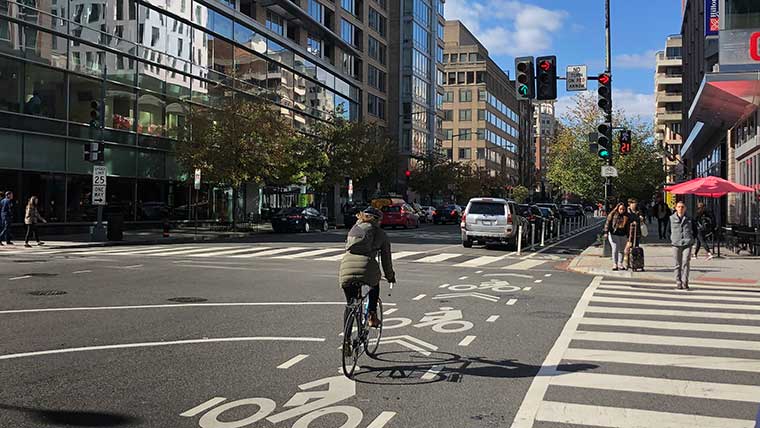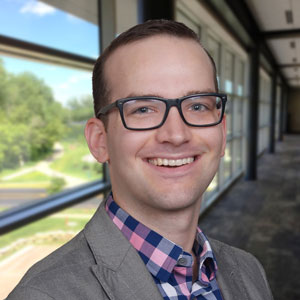With sustainability and resiliency being an immediate challenge for cities, many in the transportation sector are looking to the next big innovation to combat climate change. Electric vehicles, high-speed rail, and other technologies are leading the current discussion. But what if I said that the next big technology to improve urban transportation was already here? That’s right: the bicycle. Low-cost and highly mobile, urban cycling can provide an opportunity for recreation, commuting, and even delivery of your mobile food order. Cycling in cities is the key to reducing our emissions and improving quality of life as we move forward.
Leading by Example
New Secretary of Transportation Pete Buttigieg clearly understands the importance of this as he cycled home from work recently. Taking advantage of DC’s world-class Capital Bikeshare program, the former mayor of South Bend demonstrated that cycling was a viable option for commuting in the urban environment. Many DC residents have been doing this for years, bicycling with their children to school, to grab a bite to eat, and to events at Nationals Park and Audi Field.
Increasing Comfort for Urban Cyclists
In order to continue encouraging a mode shift towards cycling, there are certain actions cities can take to increase the comfort of cyclists. These include:
Installing Protected Bike Lane (PBL) Infrastructure
Taking the extra step of providing a buffer for cycling lanes means that cyclists do not have to worry about conflicts with parked or moving motor vehicles midblock. This does not have to be restricted to large capital infrastructure projects though. Instead, consider reallocating travel lanes to cycling lanes during the next repaving project. Coordination with asset management and your signals division can result in quick-build, low-cost cycling infrastructure.
Retiming Traffic Signals for Bicycle Progression
Cyclists have different user characteristics than general purpose traffic – including lower travel speeds and the lack of ability to quickly start from stop. Additionally, cyclists’ characteristics are more variable by rider ability and purpose of trip. Timing traffic signals for optimal vehicle progression can often result in excessive delays or stops for cyclists, inconveniencing riders and disincentivizing the mode altogether. On the other hand, intentionally considering cyclists when retiming traffic signals can complement PBL infrastructure along signalized corridors. Consider:
- Updating signal timings with lower progression speeds (e.g. 10-15 mph)
- Reducing consecutive stops and eliminating stops on steep grades
- Minimizing the green time of conflicting vehicular turning phases
Mitigating Conflicts between Cyclists and Turning Vehicles
Even with the installation of PBL infrastructure, navigating signalized intersections can be difficult for even the most experienced cyclists. Fortunately, there are many treatments that can mitigate conflicts between cyclists and turning vehicles. Leading pedestrian/bicycle intervals can provide a dedicated head start phase for cyclists (where legal), while protected-only turning movements can eliminate the conflict altogether. Upcoming guidance in the proposed update to the Manual on Uniform Traffic Control Devices (MUTCD) would also allow for Flashing Yellow Arrow displays to be used with bike signals, resulting in a multitude of new phasing options for traffic engineers. From a geometric standpoint, tools like the “bend-out” or the protected intersection have been shown in many European cities to reduce turning speeds and increase yielding to cyclists.
Riding Towards a More Sustainable Future
According to the EPA, the transportation sector is one of the largest contributors to U.S. greenhouse gas emissions (28% as of 2018). Furthermore, single occupancy vehicles are the greatest source of these transportation-related emissions. As cities look to curb emissions growth and improve quality of life, cycling should be a top priority for investment and infrastructure. Increasing this mode share will require incentivization of cycling and attracting new riders of all ages and abilities. Through infrastructure and traffic signal tools, cities have the ability to make cycling safe, comfortable, and enjoyable.



